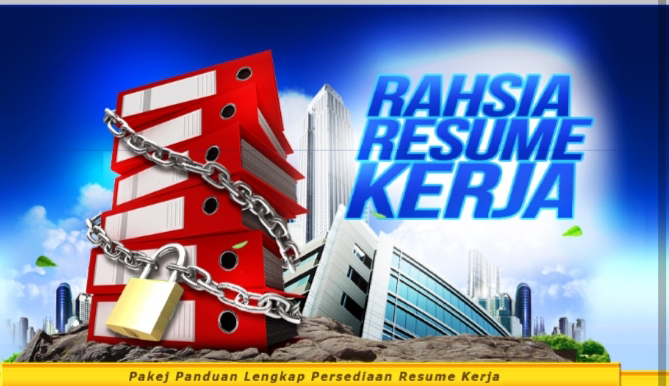HOW ChatGPT Can Help Job Seekers?
🔍 1. Job Search Strategy
-
Identify suitable roles based on your skills, interests, and experience.
To identify suitable roles for you, I’ll need some information about your:
-
Skills – both technical (e.g., Excel, coding, design) and soft skills (e.g., communication, leadership).
-
Interests – the kind of work you enjoy or want to explore (e.g., helping people, solving problems, being creative).
-
Experience – previous jobs, education, volunteer work, or any relevant background.
For example, here are general role suggestions based on different skill sets:
Skills & Interests | Suggested Roles |
|---|---|
| Writing, research, creativity | Content Writer, Copywriter, Social Media Manager |
| Analytical, Excel, attention to detail | Data Analyst, Financial Assistant, Operations |
| People-oriented, communication skills | Customer Service, HR Assistant, Recruiter |
| Tech-savvy, problem-solving | IT Support, Web Developer, QA Tester |
| Design, visual thinking | Graphic Designer, UI/UX Designer, Video Editor |
| Teaching, coaching | Tutor, Corporate Trainer, Academic Counselor |
-
Tailor job search plans (e.g., targeting industries, companies, or remote jobs).
-
Create outreach messages to recruiters or hiring managers on LinkedIn or email.
📄 2. Resume & Cover Letter Writing
-
Build or refine your resume (ATS-friendly, tailored to job postings).
-
Craft personalized cover letters for specific roles.
-
Translate achievements into strong bullet points using metrics and action verbs.
 |
🎯 3. Interview Preparation
-
Generate practice questions for specific roles or companies.
-
Provide model answers and help improve your responses.
-
Offer STAR method coaching for behavioral interviews.
🧠 How to Use the STAR Method
Let’s take a common question:
“Tell me about a time you handled a difficult situation at work.”
✅ Example STAR Answer:
S: At my previous job as a customer service rep, a client was angry about a billing error that overcharged them.
T: I was responsible for calming the client down and resolving the issue quickly to retain their trust.
A: I listened actively, apologized sincerely, and investigated the billing history. I found the error, issued a refund, and offered a discount for the next month.
R: The client appreciated the transparency and stayed with our service. They even gave positive feedback to my manager.
💡 Tips for Using STAR in Interviews
-
Keep answers under 2 minutes unless they ask for more detail.
-
Focus more on Action and Result — this shows what you did and how it mattered.
-
Practice stories for common themes: leadership, conflict resolution, teamwork, problem-solving, and adaptability.
🔁 Practice Question Prompts (Try STAR for Each)
-
Describe a time you solved a problem creatively.
-
Tell me about a goal you achieved and how.
-
Describe a conflict with a colleague and how you handled it.
-
Give an example of when you failed — and what you learned.
-
Assist with salary negotiation scripts or tips.
💻 4. Skill Development
-
Recommend free or paid courses relevant to your career goals.
-
Summarize learning materials or explain complex concepts quickly.
-
Help build portfolios (for tech, design, writing, etc.).
🧠 5. Personal Branding
-
Improve your LinkedIn profile (headline, summary, and experience).
-
Help write a professional bio or elevator pitch.
-
Create content ideas to showcase your expertise online.
Here are practical and effective tips to help you succeed in a job interview:
✅ Before the Interview
-
Research the Company
-
Understand its mission, values, recent news, products/services, and culture.
-
Know the job description inside out — align your answers with what they’re looking for.
-
-
Practice Common Questions
-
Tell me about yourself.
-
Why do you want this job?
-
What are your strengths and weaknesses?
-
Use the STAR method (Situation, Task, Action, Result) for behavioral questions.
-
-
Prepare Questions to Ask Them
-
Example: “What does success look like in this role?”
-
Show curiosity and enthusiasm — it’s a two-way conversation.
-
-
Update Your Documents
-
Bring printed copies of your resume and a list of references.
-
Prepare a portfolio (if relevant).
-
-
Dress Professionally
-
Match the company culture (when in doubt, go formal).
-
💬 During the Interview
-
Be On Time (or Early)
-
For virtual interviews, test your internet, mic, and camera.
-
-
Make a Strong First Impression
-
Greet with a smile, firm handshake (if in-person), and confident body language.
-
-
Answer Clearly and Confidently
-
Be concise. Focus on impact, not just responsibilities.
-
-
Show Enthusiasm and Positivity
-
Employers want someone excited about the opportunity, not just the paycheck.
-
-
Don’t Badmouth Past Employers
-
Stay professional, even if you had a bad experience.
-
🔁 After the Interview
-
Send a Thank You Note
-
Email a short message within 24 hours thanking them and reiterating your interest.
-
-
Reflect on Your Performance
-
What went well? What could you improve for next time?
-
-
Follow Up (if needed)
-
If you haven’t heard back after the expected timeframe, send a polite follow-up.
-



Comments
Post a Comment